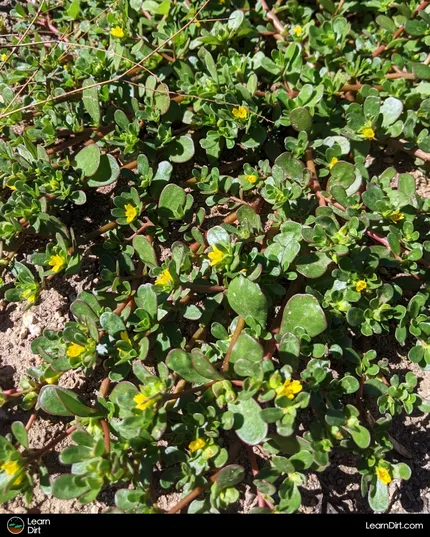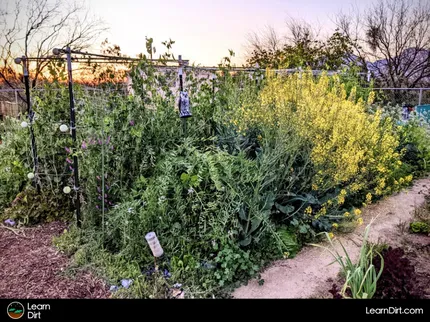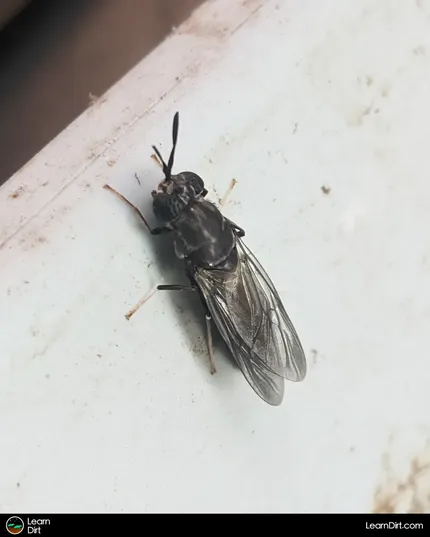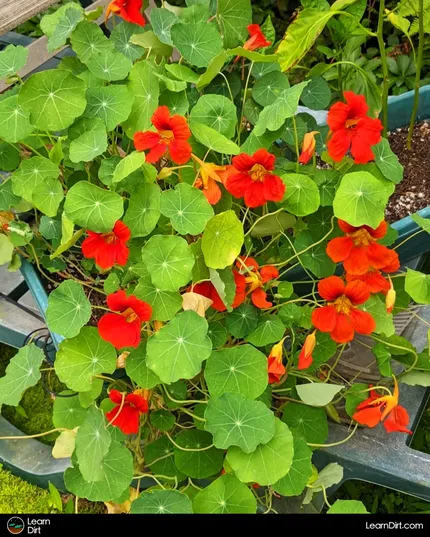Table of Contents
* Our articles never contain AI-generated slop *
You may have heard the term "chill hours" in the context of fruit trees and also nut trees and some other plants - but what even are chill hours? And why are they important?
Let's jump into it
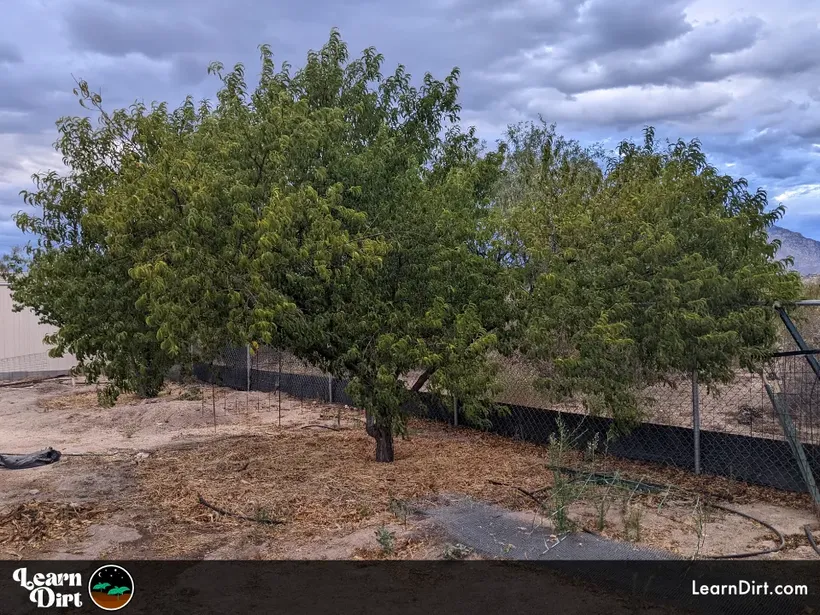
What Are Chill Hours?
Chilling Temperature Range
In the common Utah Model, chill hours are defined as the hours per year spent within the chilling temperature range 32F (0C) and 45F (7C)
Chill Hours
Chill hours are then usually tallied up for an entire season, mainly winter, to describe the total number of hours spent in the cold band of temperatures just a bit above freezing.
Why Are Chill Hours Important?
In short, fruit and nut trees require a certain number of chill hours to enter dormancy.
Once a certain number of chill hours are reached in a season, dormancy for trees with that chill hour requirement is inevitable.
Where Do Chill Hours Matter?
If you live in a warm-winter region where the chill hour requirements for a given cultivar will not be reached in winter, the tree will likely not ever fruit.
This can make it difficult to cultivate trees with high chill requirements such as apples in warm-winter climates.
If you live in a cold-winter region where the chill hour requirements for a given cultivar are far exceeded, you run the risk of an early bloom in the spring.
Join The Grower's Community
Looking for a place to meet growers,
ask questions, share knowledge, be heard,
and feel like you belong? 🌱
Check It Out!
This can easily be destroyed by lingering frosts in climates far colder than a cultivar is suited for.
Chill hours matter in all regions, climates, and micro-climates and are relative to where you actually want to plant the trees.
Match chill hour requirements to the chill hours you actually measure on the land where you want to cultivate trees.
Match species and cultivar selection to the data you collect from your thermometer on the land. I'm a nerd so I dig these cheap little bluetooth temperature loggers that record the temp / humidity every hour and store it for 21 days (so you can download it to your phone and export). If you use one, put it inside or under something that'll keep the rain off it.
Whatever you use to measure the temps in your microclimate, remember that temperature is generally measured about 2 meters off the ground - and your fruit or nut trees will eventually tower a lot higher than that if all goes well.
Consider checking temps at a variety of heights in your food forest and matching the cumulative chill hours to the right kind of tree for you.
How to Calculate Chill Hours
There are several tools and online calculators which can simplify this process for you. Entering temperature data from your temperature loggers will yield chill hour calculations automatically after selecting a chill hour model. A quick search will yield numerous options here.
If you'd rather learn how to crunch the numbers yourself, let's dive into the two main categories of chill unit models:
Calculating Chill Hours Using a Chill Unit Model
This is the typical way to calculate chill hours and is the most commonly-used at present.
Determine Chilling Threshold
Chilling generally occurs within a certain temperature range, most often between 32F (0C) and 45F (7C).
Determine this chilling range for the specific fruit or nut tree species & variety using your research skills.
Record Temp. Data
Use a reliable temperature recording device that'll hold onto temperature data, sample often, and yield accurate results.
I like these inexpensive bluetooth temperature loggers that record the temp / humidity every hour, and store it for 21 days. You can download to your phone and export to .CSV so you can nerd out on the data if you're anything like me.
Use whatever temperature logging device you have, or can borrow or afford to record the temperatures in your orchard or food forest.
Crunch the Numbers
There are different models which can be used here, and I encourage you to look into some of the less common models for calculating chill hours.
For now, though, we'll use the common Utah Model, where 1 chill hour is assigned per hour spent between 32F (0C) and 45F (7C).
Set your resolution to hourly when analyzing the data from your temperature logger. If you used the Govee, temps and humidity are already recorded once per hour, so calculating chill hours is a breeze.
Open your .CSV export in your spreadsheet app of choice and shift+click all the cells with a temperature in the chill hour range.
You can even use conditional formatting to highlight any cells in the temperature column which fall within your chosen range.
For every hour within the range, just count 1 chill hour. Using shift+click to select all the cells in range will give you a total count. This is your total chill hour count. Congratulations.
Dig Cool Merch?
Calculating Chill Hours Using a Dynamic Model
This one is tougher, as it involves more of a sliding scale.
Some arborists decided that not all chill hours are built the same way, and actually different temps within the chill range should therefore be weighted differently.
Using this method involves breaking the chill range for a given species down into sub-ranges with different assigned chilling factor based on effectiveness in promoting chilling.
Multiply the sum of the hours spent in each temperature sub-range by its assigned chilling factor, based on the dynamic model you choose.
Sum the chilling portions to get the total chill hours for the given time period.
Artificial Chill Hour Replication
For growers in warmer climates where natural chill hours may not be sufficient for a chosen tree variety, artificial chill hour replication may be required.
If you can simulate the chill hours required by your tree, you can promote proper dormancy / flowering / fruiting.
Let's talk about some of the ways you might go about simulating chill hours artificially.
Temperature Manipulation
These might include shade structures or evaporative cooling systems.
Irrigating at Night
Watering your orchard at night can take advantage of the cooler temperatures to chill the water. As a thermal buffer, the water then remains cold for longer and can help increase the number of chill hours each night.
Chilling Chambers
Enclosed grow chambers, tents, rooms, or greenhouses with controlled temperature and humidity.
A chilling chamber or room provides an isolated environment for inducing dormancy
These setups can provide crucial chill hours for potted trees, but may have substantial energy costs that need to be considered depending on methods used.
Sustainable practices and renewable energy sources are increasingly being considered in chilling chamber development. Tech be marchin' ever forward, yo.
Mist Systems
The evaporative cooling from mist systems, especially in dry environments, can help aid in achieving chill hour requirements for some trees.
Time misting to coincide with nightly temperature drops for maximum effect. As with irrigation above, the water from mist systems is a thermal buffer which will hold onto the cold ambient temperatures long past sun-up.
Climate Considerations for Chill Hours
in 2023, many peach orchards in Georgia experienced near total loss of peach fruit due to a warmer winter with fewer chill hours.
A Changing Climate Will Have Repercussions for Chill Hours
Climate change has led to shifts in temperatures patterns and seasonality which can directly impact total chill hours received.
Warmer temps and altered seasons may disrupt natural dormancy periods and timing.
Erratic weather can compound these effects, especially unseasonal spring warm spells followed by late frosts. These are disruptive to fruit and nut tree sync. between dormancy and flowering phases.
Selecting Climate-Adapted Varieties Can Help
To proactively mitigate chill hour problems you can choose fruit tree varieties which are adapted for the changing climate conditions.
Fruit trees with lower chill hour requirements are actively being bred which are also capable of withstanding warmer temperatures. For instance we have a local apple orchard here in the Sonoran desert where summer temps regularly hit 115F.
By choosing a cultivar with low chill hour requirements and high temperature tolerance, fruit trees may be grown in the most unlikely of places.
Microclimate Management
Microclimate management techniques such as shading, misting, mulching, windbreaks, retaining walls for thermal regulation, and layered syntropic food forest may all play a role in creating microclimates in your garden or orchard.
Be sure to monitor temperatures in the specific microclimate where you intend to plant your tree if you want to match up the chill hour requirements. You may be surprised to find that different areas in your orchard may have very different temperatures.
Best Practices for Managing Chill Hours
Additional Resources
Disclaimer: This post may contain affiliate links. Refer to the privacy policy for more information.
That's all for now, thanks for reading!
If you have any questions, comments, or would like to connect with fellow gardeners, head on over to the forum and post there.



![Don't Till Away Your Carbon [Neon]](/media/product_images/dont-till-away-your-carbon-[neon]_sticker_260x260.png)
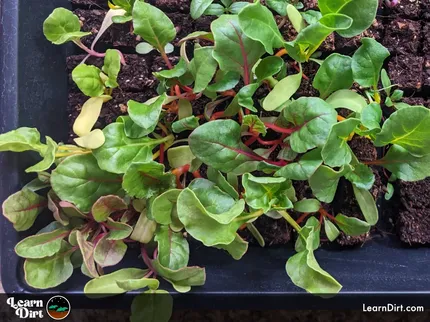
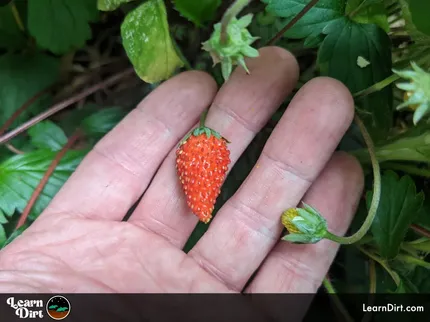




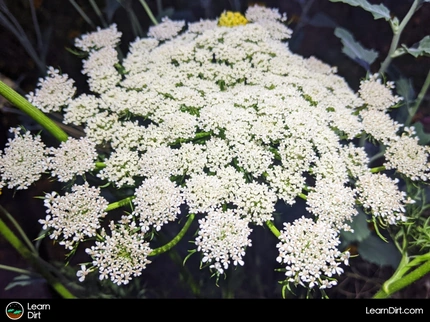
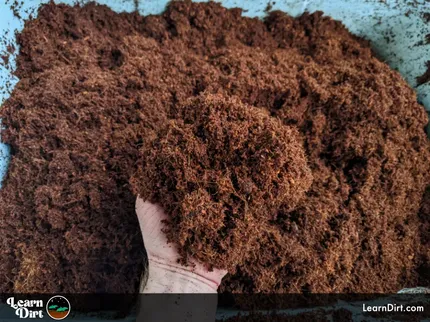
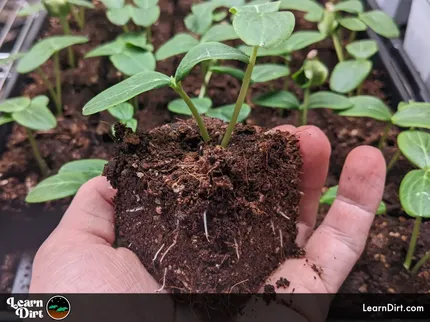
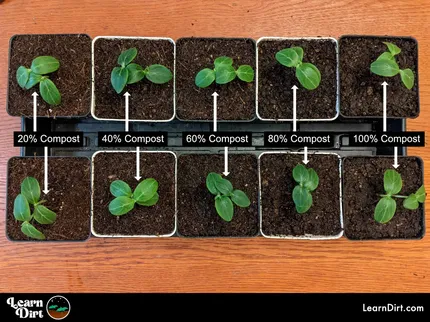
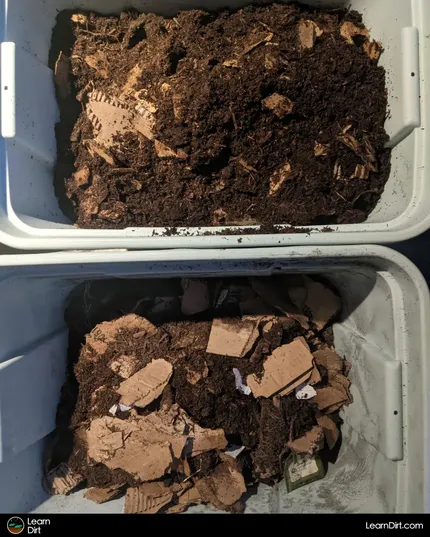



![Don't Till Away Your Carbon [Taffy] T-shirt](/media/product_images/dont-till-away-your-carbon-[taffy]_shirt_260x260.png)

